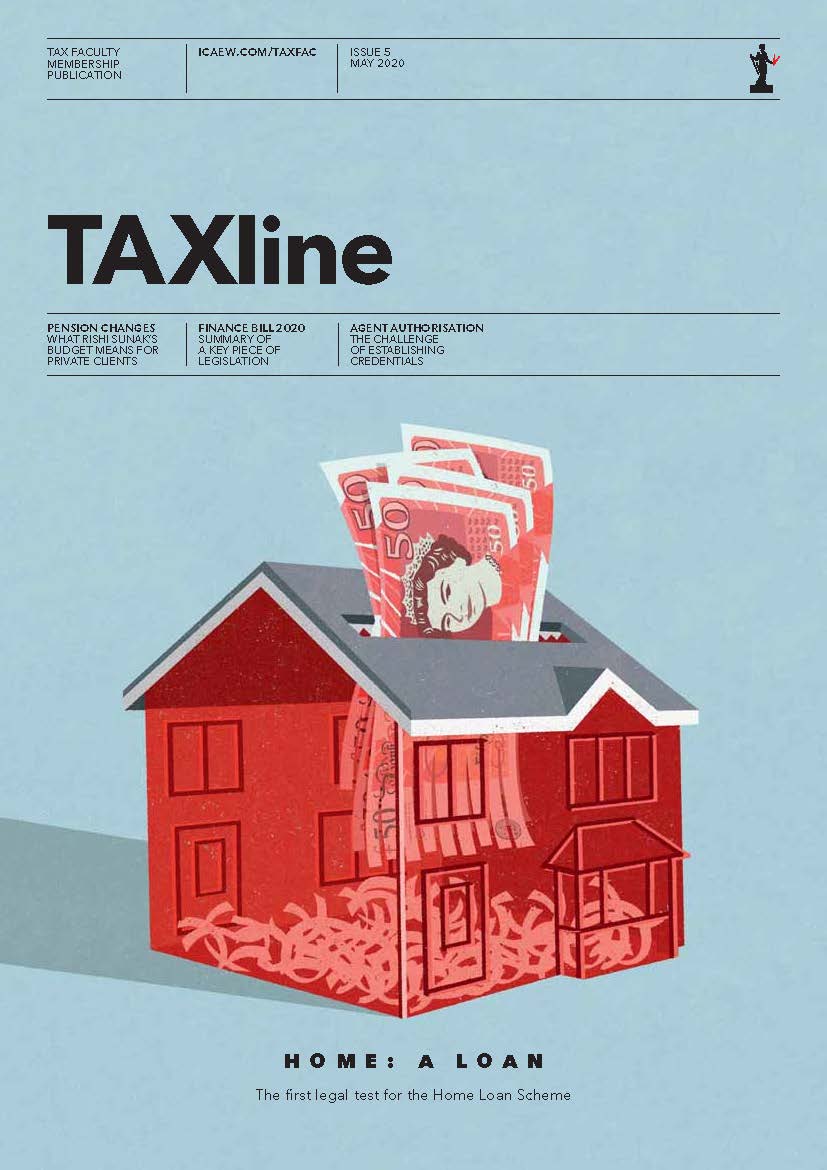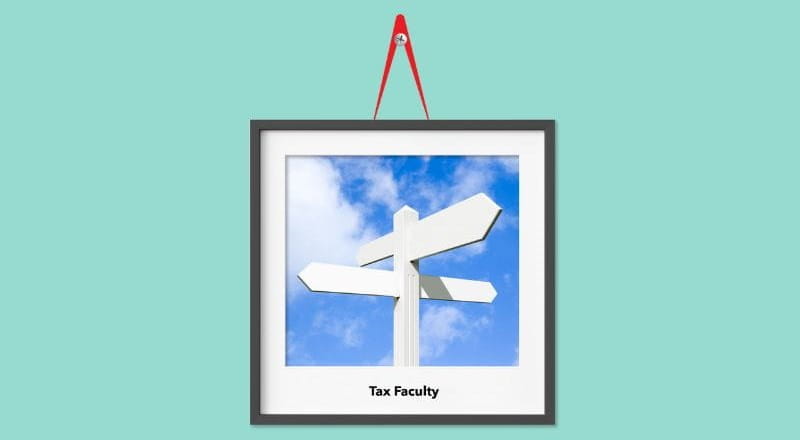HMRC’s guidance explains who can use the service, how to use it and what happens next. The guidance is summarised below.
Who can use the service?
Use of the new service is voluntary.
A disclosure can be made by the company secretary, a director or by someone acting on the company’s behalf (eg, an agent). If the agent making the disclosure is not the company’s authorised agent, they will need to complete and upload form COMP1a.
The service can be used where all the following conditions are met:
- The company has claimed too much R&D tax relief. The service should not be used to make a voluntary disclosure that relates to something other than R&D tax relief.
- The time limit for amending the tax return to correct the claim has passed. The time limit for amending a tax return is generally twelve months from the filing deadline for the return. The company should amend its return in the normal way if it is in time to do so.
- The company needs to pay corporation tax or to pay back overclaimed tax credits. Where there is no tax to pay or credits to pay back, the company should email RD.IncentivesReliefs@hmrc.gov.uk. HMRC’s guidance explains what to include in the email.
- The company’s behaviour in making an incorrect claim was not deliberate. Where the company’s behaviour was deliberate it should consider using the contractual disclosure facility.
How to use the service
The disclosure is made by submitting an online form and supporting computations. HMRC’s guidance sets out the information needed to complete the form and prepare the computations.
At the end of the form, there is a letter of offer which the company can submit to HMRC as part of a contract settlement. The offer the company makes to HMRC will include the tax due/credits to repay plus interest and penalties. To calculate these figures the company will need to determine which accounting periods to include as there are time limits within which HMRC can recover tax. HMRC’s guidance explains how to do this and how to calculate the interest and penalties.
Next steps
Once the disclosure has been made, HMRC will either request more information or issue a letter of acceptance.
The company should receive a payment reference number within 15 calendar days of making the disclosure. The amount due can be paid online. If the company cannot pay what it owes in full, it can ask HMRC for time to pay. HMRC will usually ask the company to pay the full amount within 12 months.
Points to consider
A company that has made an error in a claim for R&D tax relief may be charged extra interest and penalties if it waits for contact from HMRC, rather than making a voluntary disclosure. HMRC says that it may also decide to open a criminal investigation.
ICAEW recommends that, before making a disclosure, the company/agent ensures:
- that they have the necessary knowledge and skills to make the disclosure. This includes identifying if an error has been made and calculating the tax, interest and penalties due because of the error; and
- that the consequences of making a disclosure are understood.
Where necessary, the company/agent should consider seeking advice from someone more experienced in the field. Depending on the circumstances, that may be in making claims for R&D tax relief and/or making a voluntary disclosure.
Members are advised to remember their obligations under professional conduct in relation to taxation.
Further information
- See ICAEW’s R&D tax relief hub for links to articles and guidance.
Latest on business tax
The Tax Faculty
ICAEW's Tax Faculty is recognised internationally as a leading authority and source of expertise on taxation. The faculty is the voice of tax for ICAEW, responsible for all submissions to the tax authorities. Join the Faculty for expert guidance and support enabling you to provide the best advice on tax to your clients or business.



